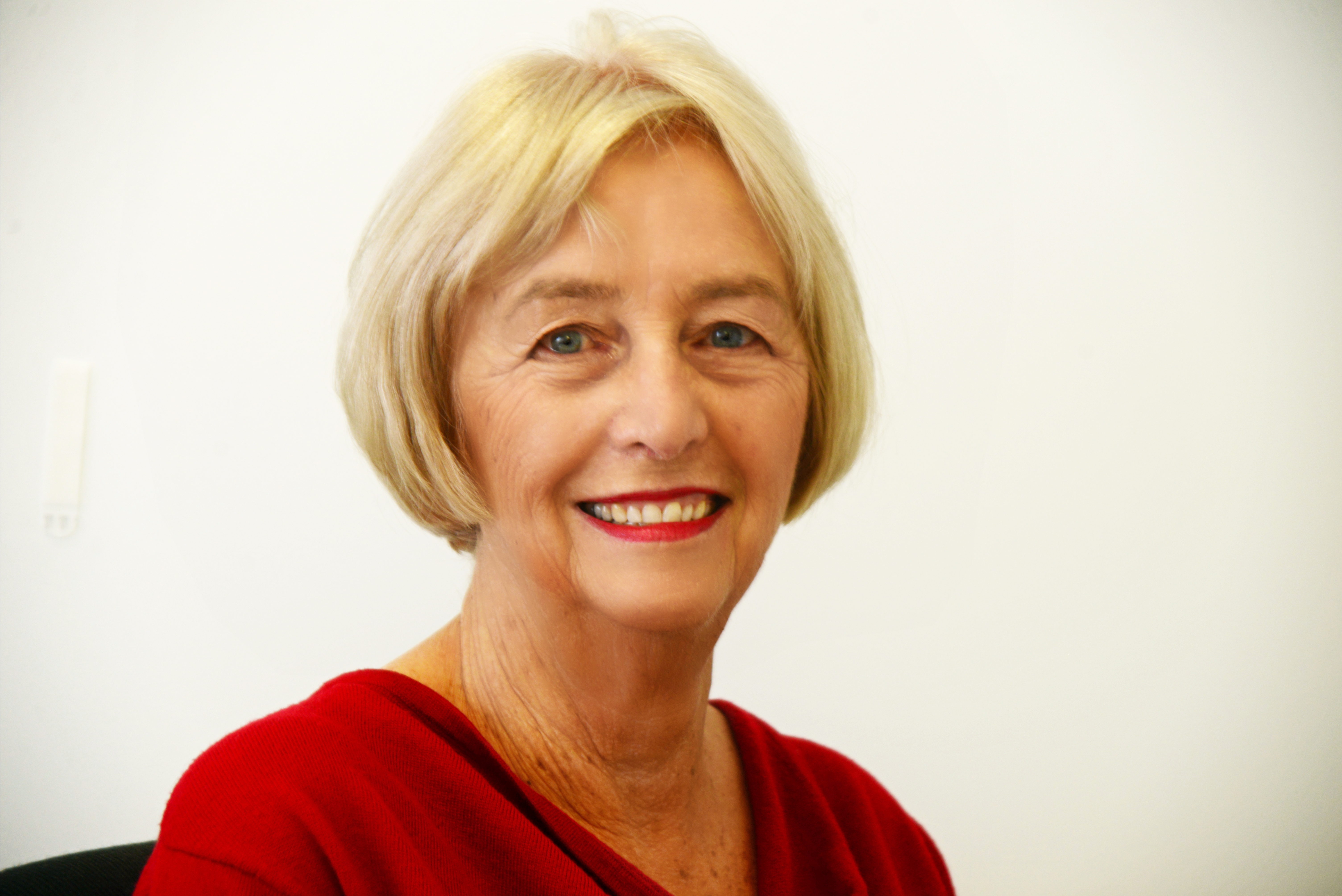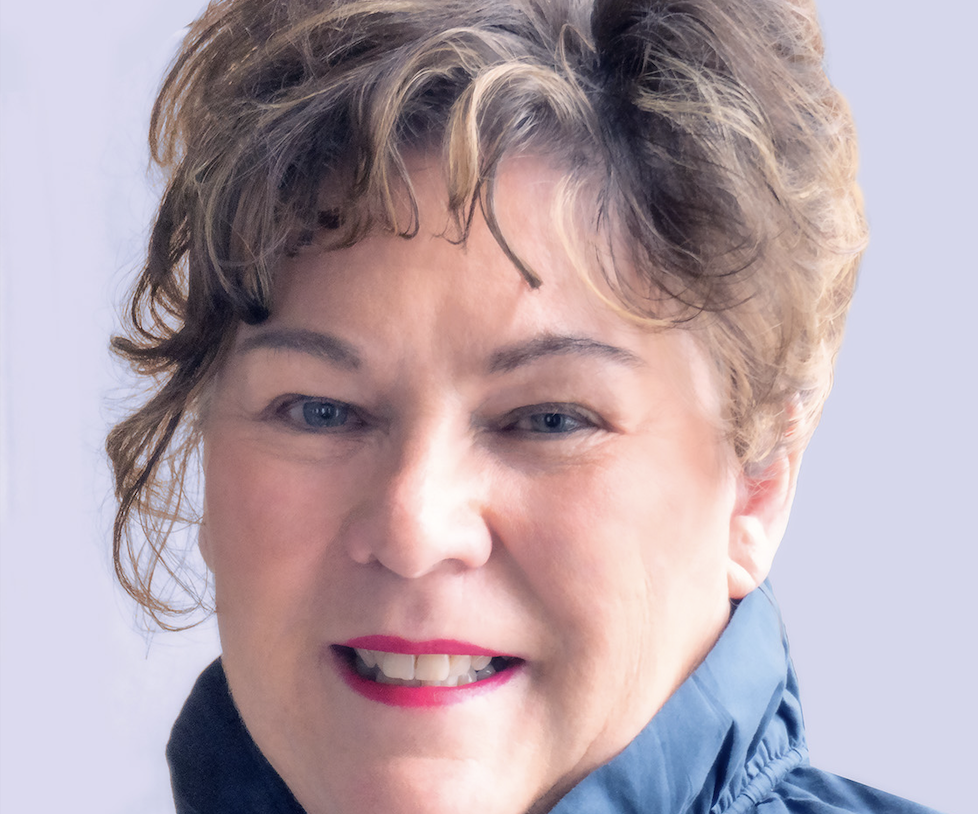Storytelling and the Statement of Service Performance
The Statement of Service Performance (SSP) is an explanation of what was achieved over the course of the year, ideally supported by data. It is part of the External Reporting Board’s simplified reporting for charities. Sue McCabe says it’s helpful that groups are being supported to provide useful information, but there needs to be flexibility as to how they answer those areas. She points out that it is still hard for some groups to communicate.
“You might have English as a second language, you might have people who are more verbal in their communication abilities. It’s always a challenge for any system to accommodate that. We have a system which rewards certain things therefore there is always tension. A key thing there is the support available to community groups to complete the report,” says Sue.
For Nikau Foundation, which is fundraising as well as grant making, the SSP has a valuable role in securing donations. The foundation evaluates its own performance as a funder by asking charities about their experience as well as how the funds were spent, then reports on that in its own SSP.
“We want to demonstrate our position as a grant maker and our expertise in the sector,” says Emma.
The Grandparents Raising Grandchildren (GRG) Trust is a Tier 3 charity for reporting purposes. Its annual report was recently highly commended by Chartered Accountants Australia and New Zealand for embracing reporting requirements and innovative stakeholder communications. For trustee Judith McKay, the annual report and its SSP tells the organisation’s story, and she says that’s critical.
“It’s hard to get onto some funder’s list of priorities. Annual reports are most important in attracting new funders. We’re 22 years old and have a history with many established funders, but we don’t have long term endowments so there’s an enormous workload in fundraising each year.”
Judith explains the average donation that GRG receives is around $26,500 and it’s exhausting to raise those funds year after year. Like the JR McKenzie Trust, GRG is seeing burnout among volunteers.
The GRG Trust provides information, advice, support and advocacy for full-time grandparent caregivers and sadly sees 500 new grandchildren each year needing care.
“There’s a story to be told there. The values statement in our annual report is absolutely vital, that children are our taonga. We often remind ourselves that everything we do is for those babies. But we’re one of thousands of charities out there and every one of them has a good story to tell,” says Judith.





